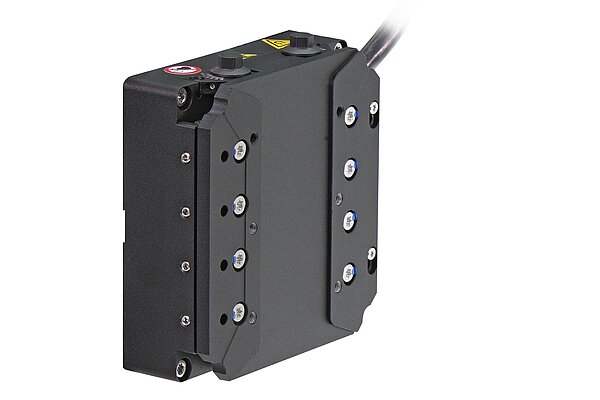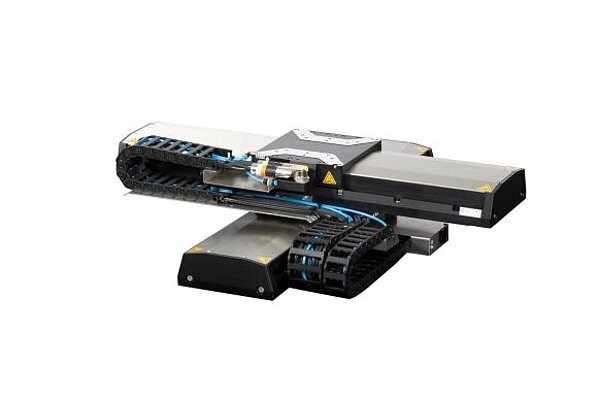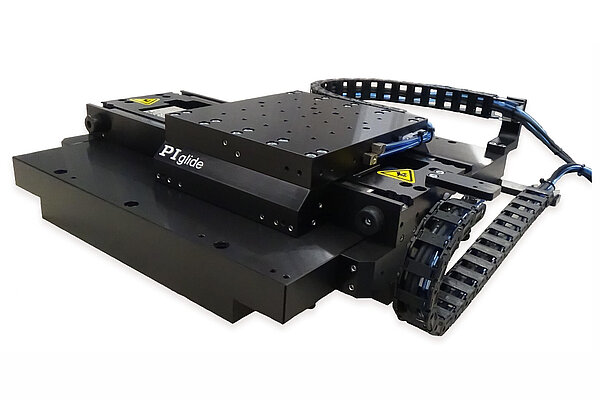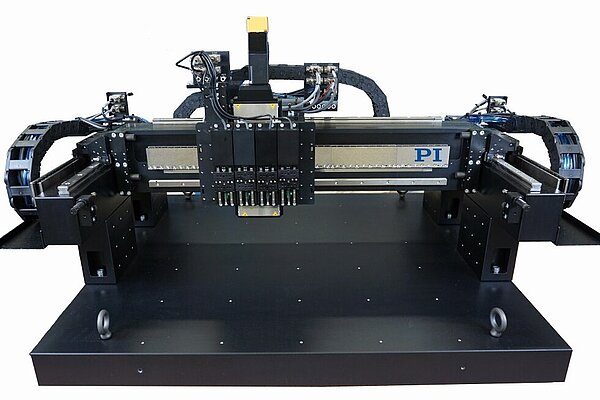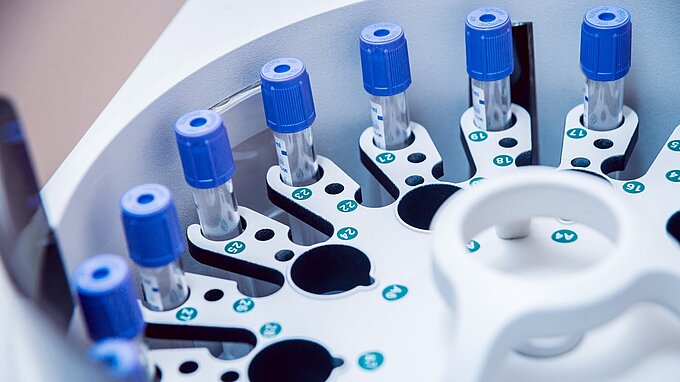Enabling Groundbreaking Developments in Medical Technology
Again and again, doctors are faced with the task of having to replace tissue, skin, or even actual organs. The reasons vary; after accidents, through illness, or due to natural aging processes. Additionally, with life expectancy continuing to grow, the demand will also increase.
The lack of donor organs is a real dilemma. One solution is particularly promising: 3D bioprinting. All around the globe, scientists and developers in companies and research institutes are dealing with how to use bioprinting to manufacture very different types of tissue, right down to complete organs. As well as many fundamental questions, it is also important to design equipment that works highly precisely, is safe, and produces economically good results.
Why PI? From Single Axes to Fully-Integrated 3D Motion Systems
Motion systems are the core elements in designing devices for 3D printing. Here, the most important parameters are; accuracy down to the sub-micrometer range, high dynamics, flexible setups, and travel ranges of up to one meter. With diverse experience in equipping 3D printers for industrial applications, PI has a rich offering; from individual axes to fully-integrated 3D motion systems, as well as the respective control and drive technology.
Precise Dispensing: A Task for Piezo Components and Dispensing Systems by PI and PI Ceramic
PI also has extensive experience in precise dispensing. For example, this is a core task in many microfluidic applications for which PI offers a variety of solutions. Find out more in our video:
Many Other Applications for 3D Bioprinting
In addition to very important medical applications, 3D bioprinting offers many other options. For example, today, many experiments are still done on animals to test the tolerance of medications or cosmetics. Thanks to tissue that is created artificially, these tests on living animals, which are often painful, will become unnecessary. Developers are also focusing on manufacturing artificial meat (also known as "cultured meat"). This is an interesting prospect, although it may seem far away at the moment.

